Jun 22, 2019
This oil in bhujiyas and biscuits can cause cancer
01/9How chips, cookies and bhujiyas turn dangerous for you?
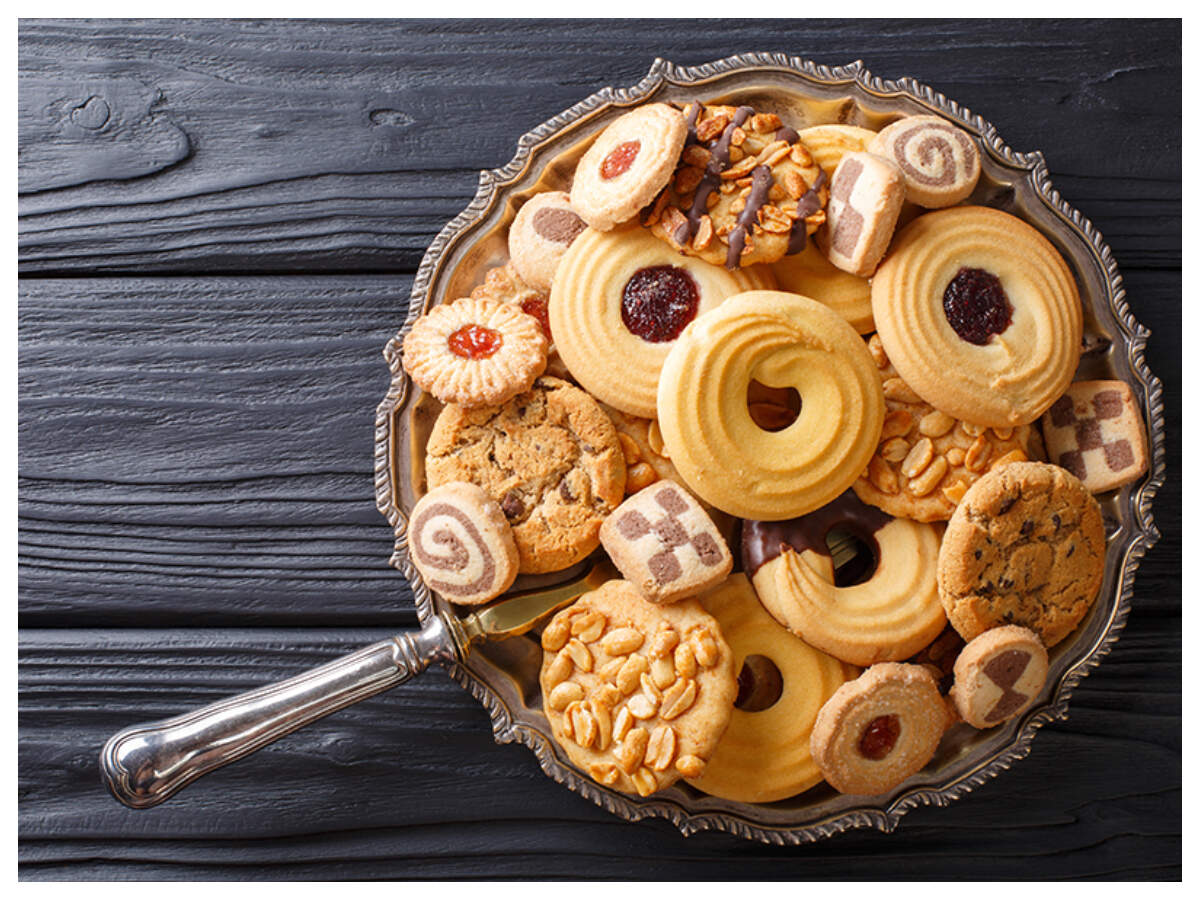
When it comes to munching, the easiest and most popular option around the world includes cookies, chips, muffins, bhujiyas and cupcakes. While we all feel satisfied after having these, you will be surprised to know that all these food items have one common ingredient-Palm Oil. According to researchers, this oil when treated chemically during the refining process, becomes deadly and increases the risk of cancer in humans. The scary part is, almost every other product available in our country uses this oil as it comes cheap and is easily available. If you look at the ingredient box of most biscuits and namkeens you will find "Edible Vegetable Oil (Palmolein Oil)" written.
02/9Why palm oil is used in bhujiyas and biscuits?
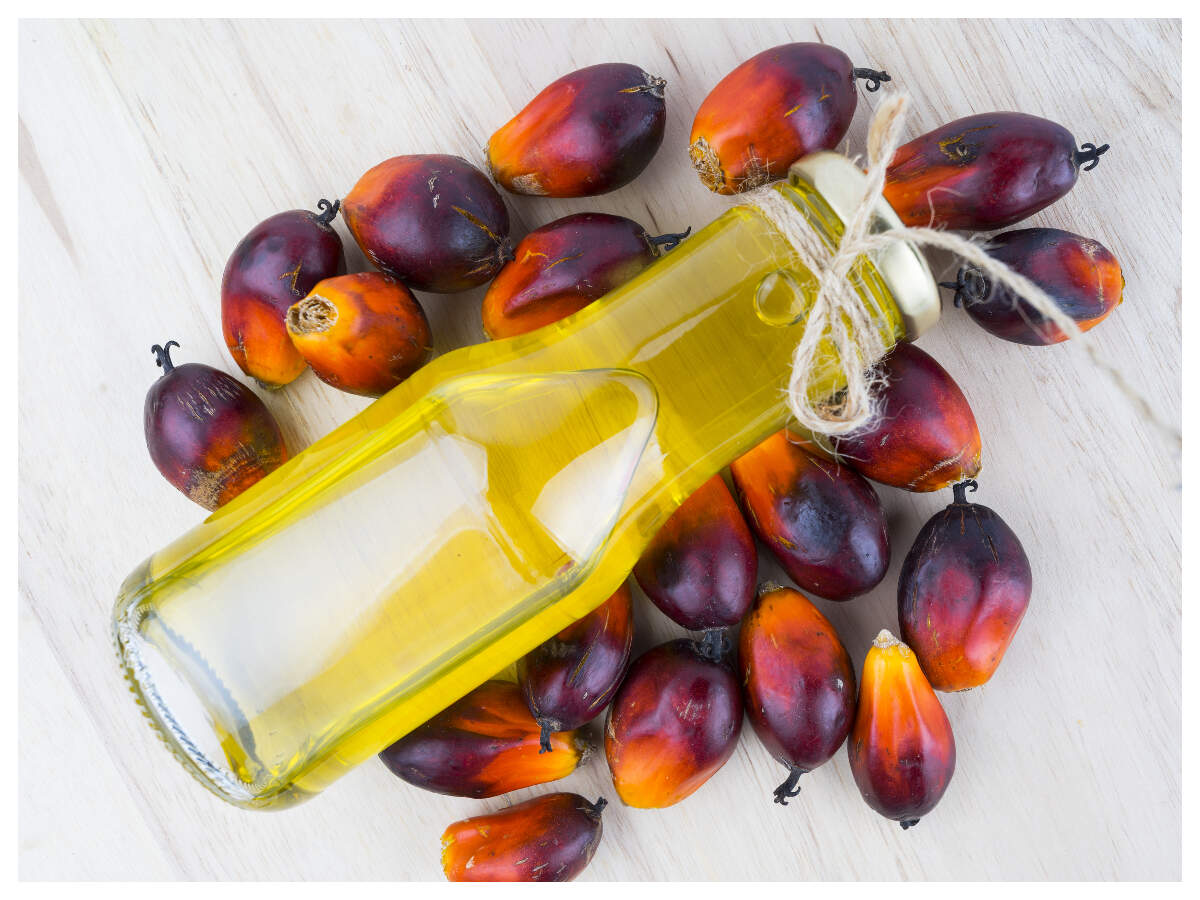
The FMCG companies use palm oil in bhujiyas and biscuits, as this oil adds consistency, texture and structure to the end product without the need for hydrogenation. Palm oil contains unique fatty acids in its triacylglycerol (TAG) composition which comprises an equal amount of unsaturated and saturated fatty acids. According to Zero Oil Cook Book by Dr Bimal Chhajer M.D., The distribution of fatty acids in this oil is 13 percent monosaturated, 7 percent polysaturated and about 80 percent saturated fat. While the saturated fat content of sesame oil is 14, soyabean oil is 15, sunflower oil is 8, olive oil is 1.8 and mustard oil is 6.
03/9What actually happens?
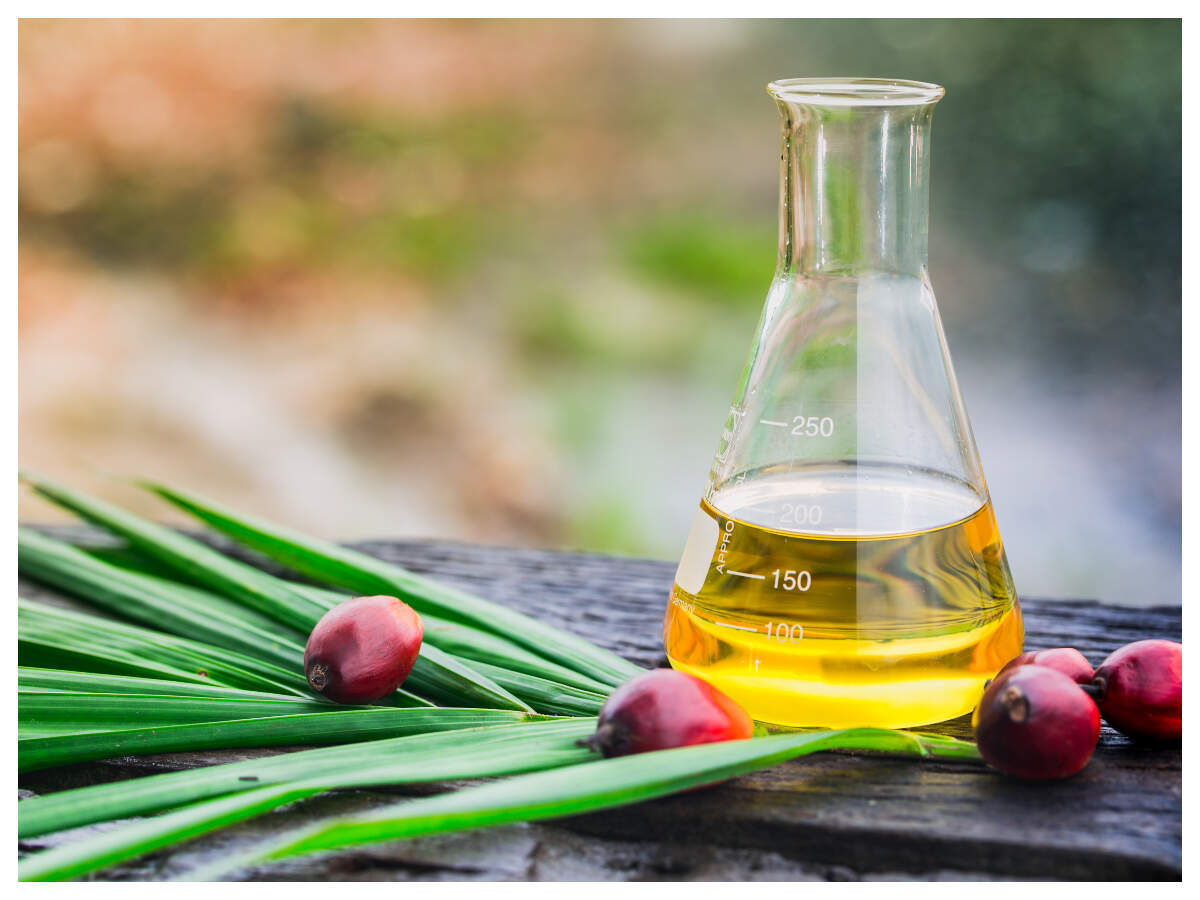
According to the European Food Safety Authority (EFSA), palm oil can be dangerous, because when it is processed at high temperatures, it increases the risk of cancer in the human body. EFSA has found that certain contaminants in palm oil make this happen and when the oil is processed further it causes glycidyl fatty acid esters (GEs) to form. When consumed, GEs break down and release glycidol, a substance known for its carcinogenic effects and exposes you to cancer.
04/9What do nutritionists say
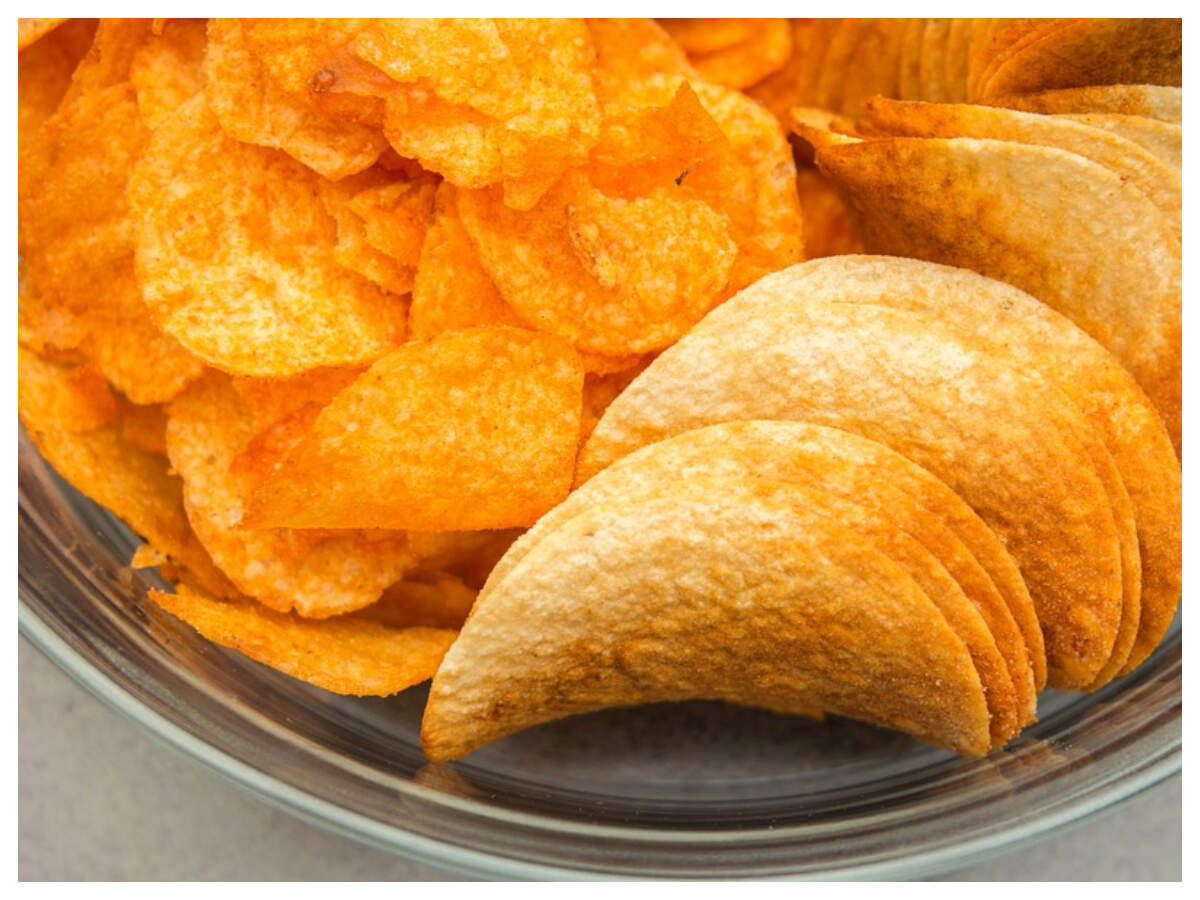
Sandhya Gugnani, a celebrity nutritionist, says, "Palm oil is known to be high in saturated fat content and regular consumption can increase the level of bad cholesterol. Due to high smoking point, it is widely used for cooking as well as in ready-to-eat and processed foods like cereals, cookies, muffins, chocolates, margarine etc.”
05/9Kids and palm oil
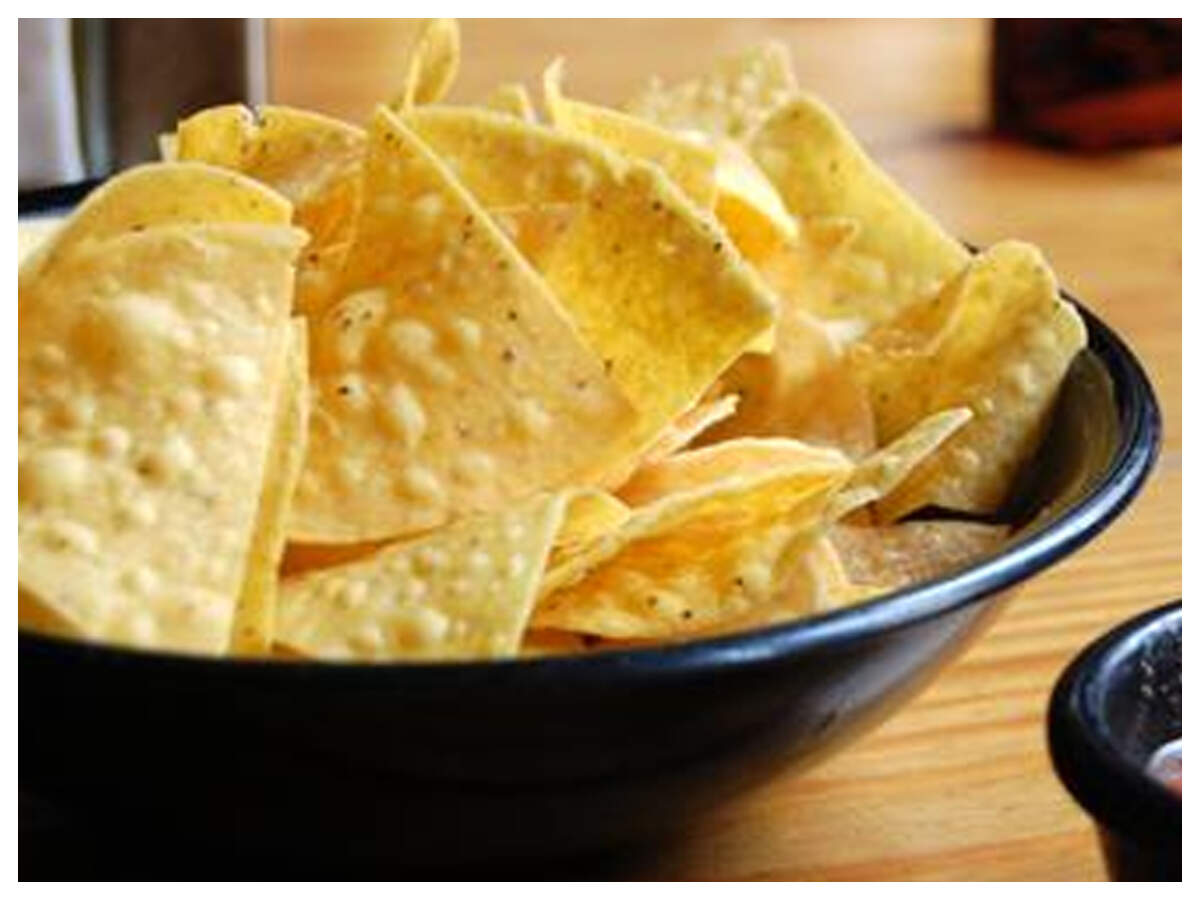
Acording to Sankalp, C.E.O, Goodways Fitness, “Regular consumption of palm oil can lead to diseases like cancer, heart attack, diabetes, nausea, unconsciousness, headache, hormonal issues, and obesity. When palm oil is given to kids, it reduces their memory and concentration power. "
"It adversely affects the eyesight, and gradually they start lacking interest in fun activities that kids of their age love to do. With growing age, it results in asthma, blood pressure, sinus and weakening of muscles”, adds Sankalp, who is also a fitness and lifestyle expert.
06/9Researchers' take
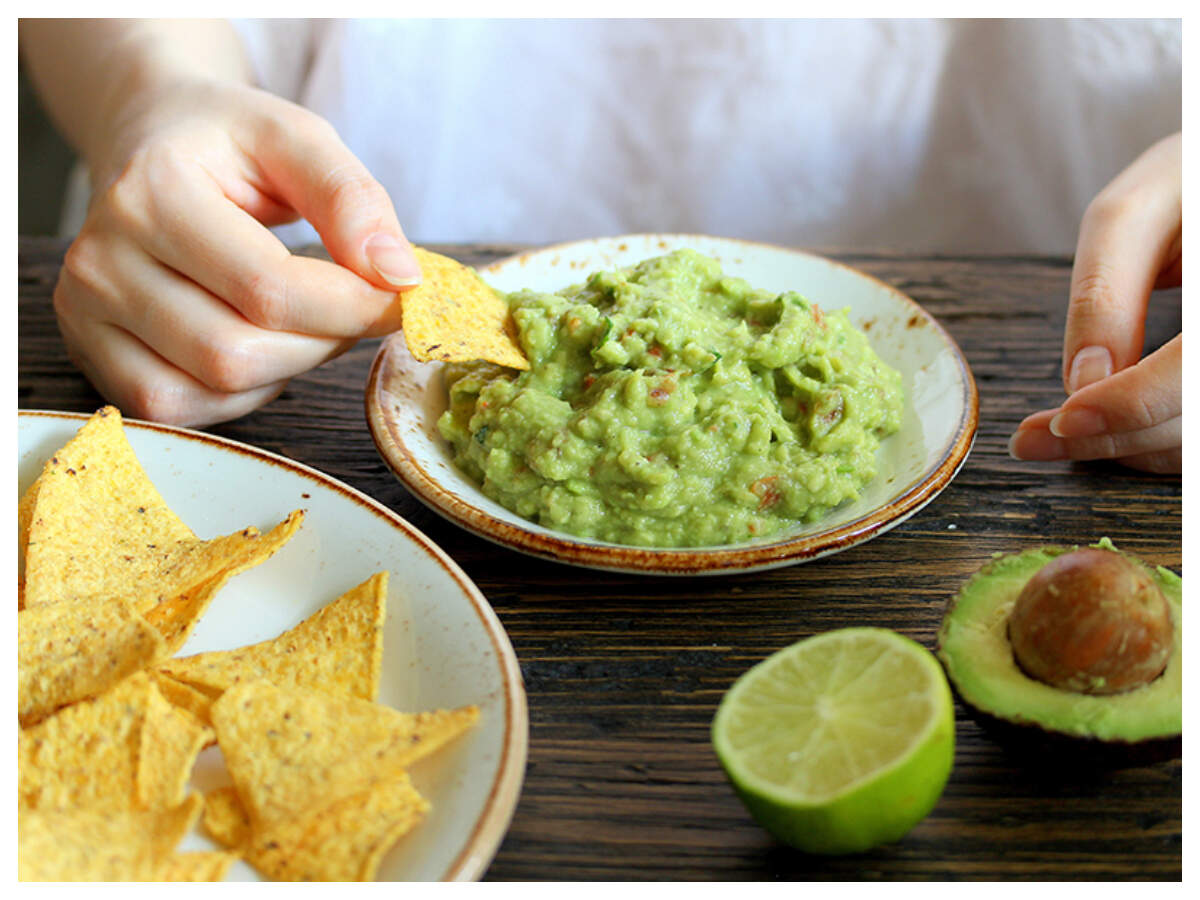
Globally, researchers emphasize moderate use of palm oil and in fact many studies claim that it is as bad as other refined oils. All refined oils may have different fatty acid compositions but almost all of them are bereft of nutritional benefits and loaded with chemicals.
07/9 Is there any alternative?
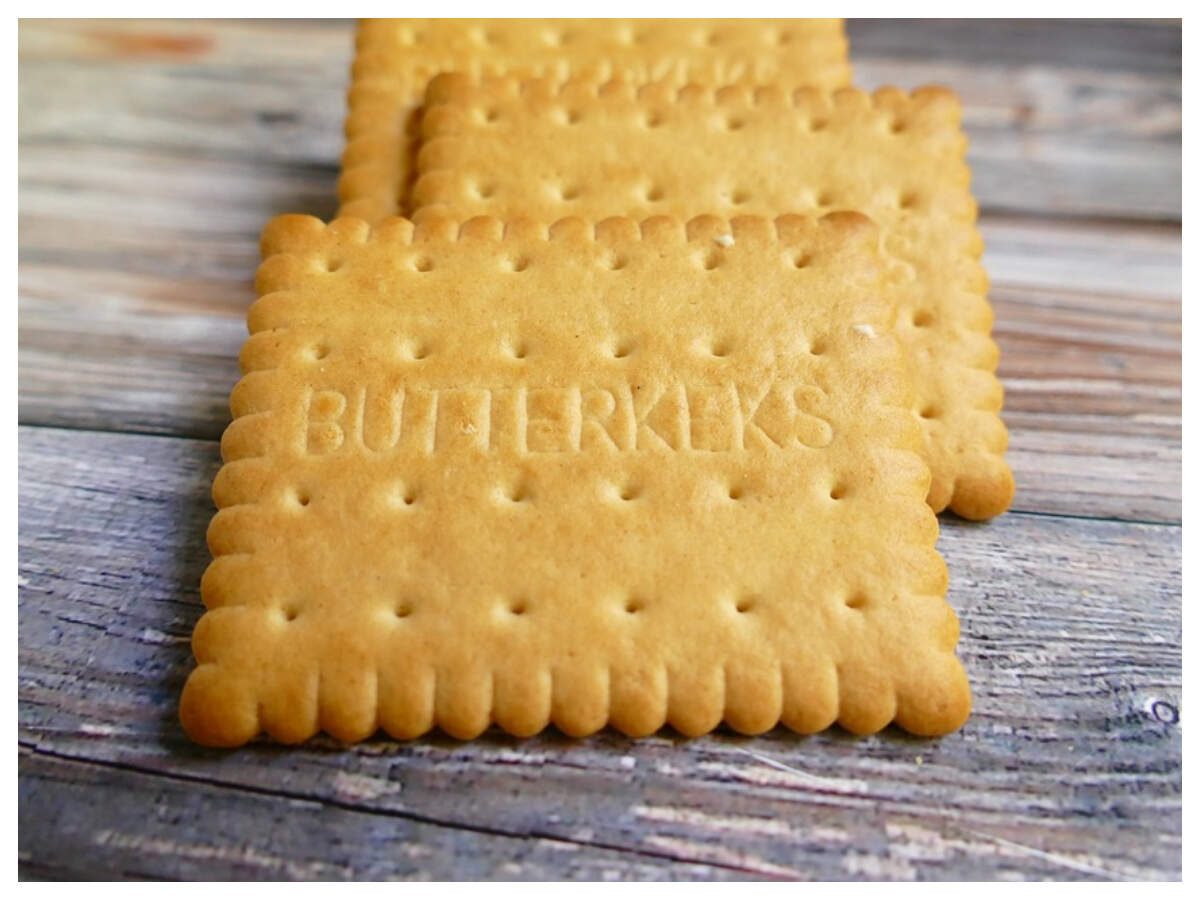
Though nothing has been medically declared ‘safe’, alternatives like soybean, rapeseed, and coconut, as well as jatropha and jojoba, are considered good for the human body. According to health experts, they have passed the hurdle of technical feasibility but are still under debate in terms of affordability, acceptability, and sustainability.
08/9What should we do?
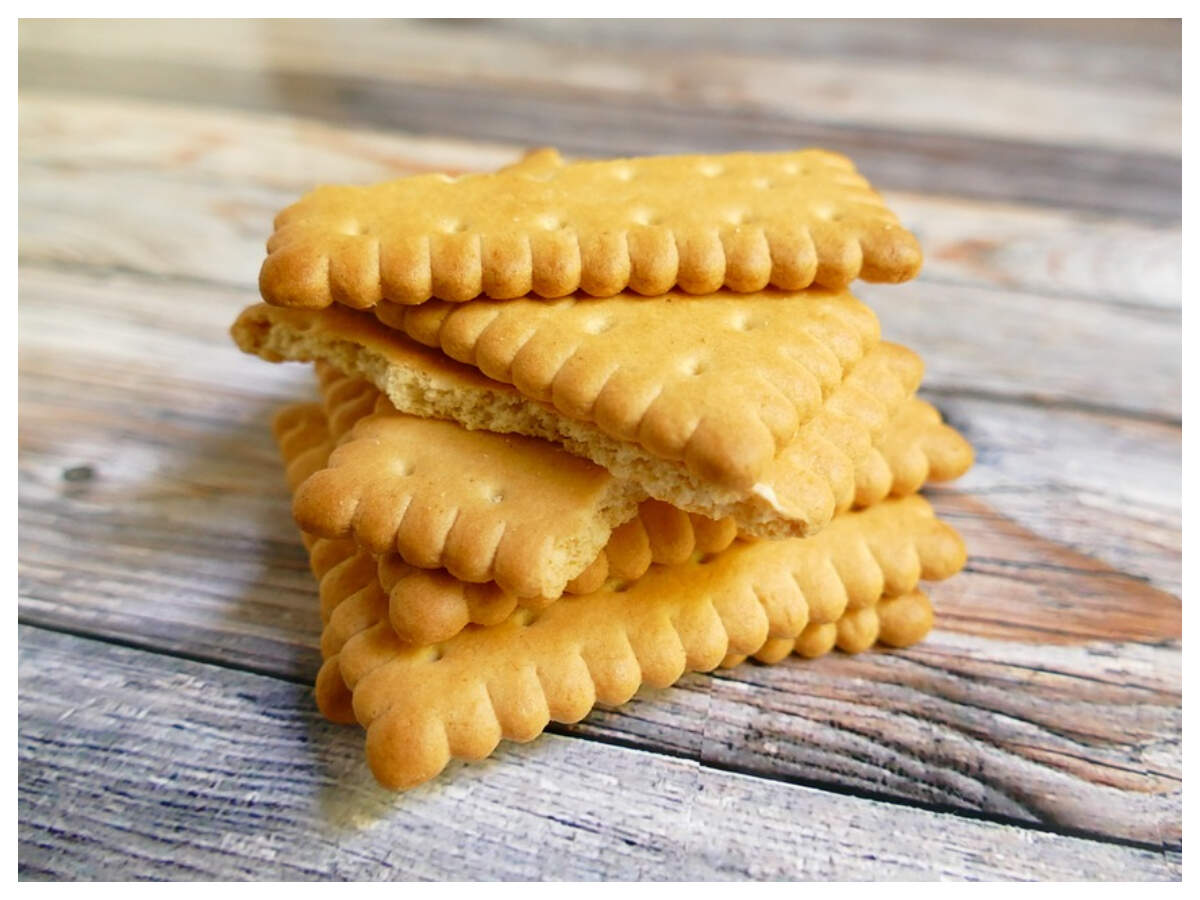
We should not stick to one oil and keep changing options. It is also important to limit our oil consumption. Our veggies should not be cooked in more than three spoons of oil, for the entire family. Local oils that our grandparents and parents have been consuming are the best options when consumed in moderation.
09/9Verdict
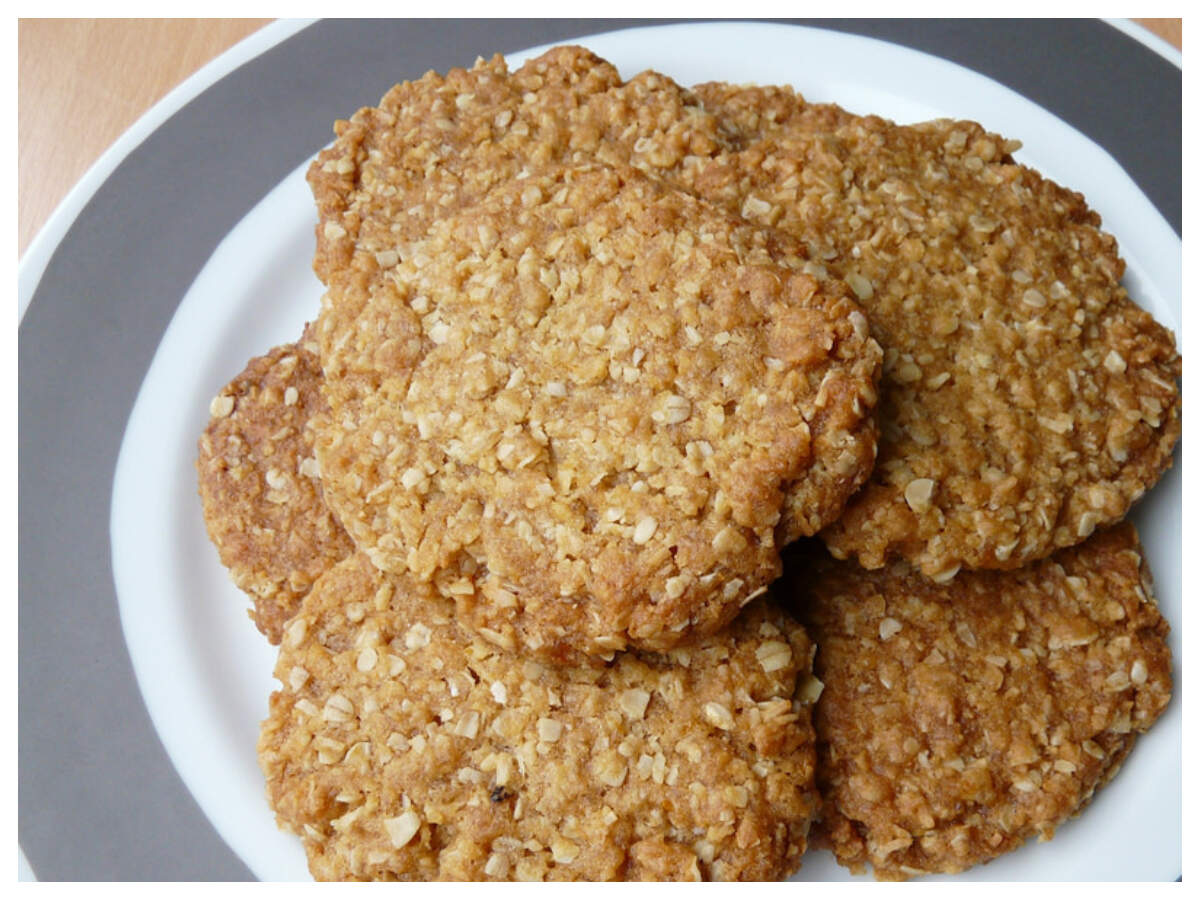
Making cost-effective goods is a primary concern of any market player. But, making goods at the cost of the health of consumers is an ill-practice that needs immediate intervention by the governing bodies, similar to what was done in the case of Maggi. After all, health is important than anything else. Isn’t it?
Disclaimer: Do not consider this as a substitute to medical advice.
‘Plastic food’ rumours a ‘hoax’, says FSSAI

A heap of two varieties of rice.
Wokha, June 20 (MExN): The Food Safety and Standard Authority of India (FSSAI) has informed consumers that the “rumours on plastic cabbage, plastic kurkure, plastic rice and plastic egg are hoax.”
“The video on plastic cabbage was actually about wax food replicas used as displays outside restaurants in Japan,” stated Peterson Pongener, Designated Officer (Food Safety), Kohima Zone, and CMO Wokha, in a press release today.
He stated that the FSSAI has expressed concerns over “fake news and fake videos on plastic food going viral on various social media platforms.”
The FSSAI is said to have raised the issue with Ministry of Electronics and IT last November who has assured to book the perpetrators. The CMO Wokha requested citizens to “refrain from spreading such fake viral videos and not fall prey to such false information creating more panic and confusion.”
Regarding plastic kurkure, stated the CMO Wokha, “FSSAI clarified that the presence of a compound called acrylamide causes the food item to burn when lit with a match stick and it does not contain any plastic material.”
Further, “Dr. Nagappa G Malleshi, former head of Grains, Science and Technology, Mysore, explained that rice is 80 percent starch which makes the cooked rice swell and sticky. So when it is mashed and made into a ball, they entrap air and therefore bounce. He also clarified that plastic rice cannot absorb water nor can it cook. It will only melt and burn. Eggs stored at room temperature for days undergo changes in their texture, smell and appearances. As a consequence of water loss in old eggs, the egg white and yolk portions shrink. It results in a dry and paper like appearance which creates the impression that it is plastic.”
Samples of suspected plastic rice and egg which were recently submitted in the month of June from Wokha district and tested at SPHL, Kohima were found to be natural and devoid of any artificial or plastic elements, informed the officer.
Moreover, random samples are being collected by Food Safety officials of respective districts and tested at SPHL Kohima to check compliance of the standards laid down under the Food Safety and Standards Act 2006, Rules and Regulations, he affirmed.
Subscribe to:
Comments (Atom)



